Accessibility / Cycling / Urban Mobility Design / Walking
Prioritizing People: How Continuous Sidewalks Create a More Welcoming Walking Environment
Good street design is as much about psychology as it is engineering, and continuous sidewalks are an example of how a small change can have a profound effect on how road users behave and interact with each other.
Continuous Sidewalk Application
At a traditional unsignalized intersection, where a minor street intersects with a major street, the curb of the sidewalk continues around the corner to connect the streets while the sidewalk slopes into a ramp to transition pedestrians from the sidewalk onto the street to cross. With this configuration, pedestrians must step down off the sidewalk and enter the roadway. Despite having priority – drivers must yield to pedestrians – placing the pedestrian in the roadway conveys the message to road users that they have entered the “car space” and can make those on foot feel vulnerable to approaching traffic, despite having the right-of-way.
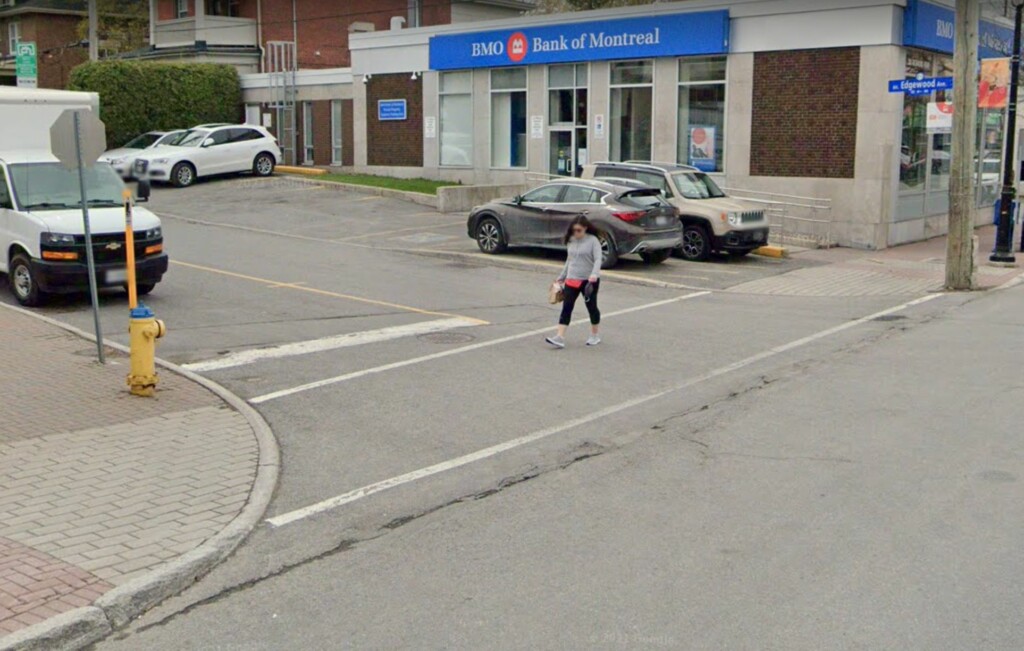
As a more people-friendly design, the continuous sidewalk is appropriately named because the sidewalk continues across an intersection without a break in the footpath. On a continuous sidewalk, widely seen across the Netherlands, users do not need to step down onto the roadway to cross. As the name suggests, the footpath continues at the same level through an intersection and onto the next block. This design indicates and re-enforces pedestrian priority, shifting the mindset from a pedestrian entering the roadway to a vehicle entering the pedestrian space. This requires motorists to slow down and pay close attention to other road users as they navigate the space, giving pedestrians a greater sense of comfort and security.
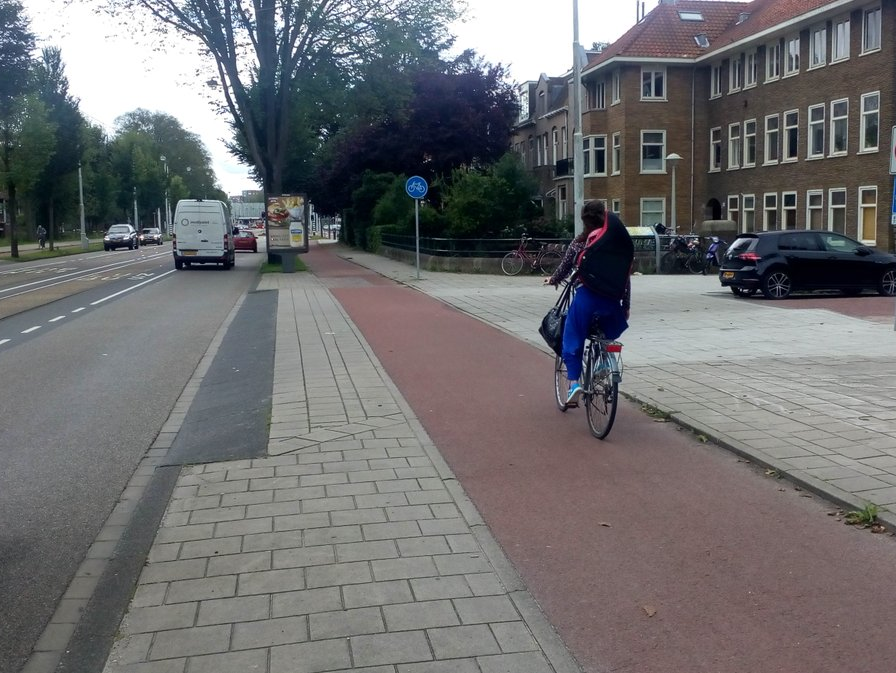
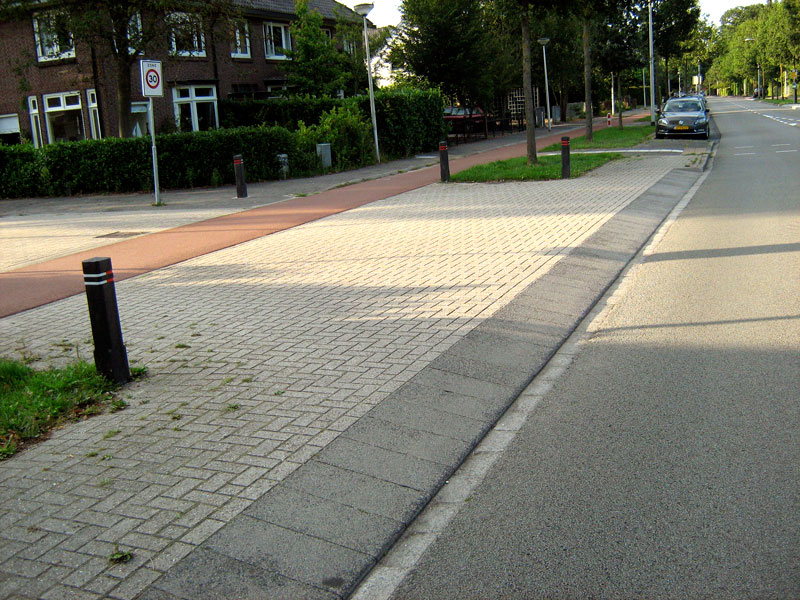
Continuous sidewalks and cycle tracks in the Netherlands. Note the short but steep ramp which helps to slow vehicles (Left image source: https://bit.ly/3zMq1d3; right image source: https://bit.ly/3Ac48VQ).
Improving Safety
This design form has myriad benefits, with improved safety being high on the list. First, motorists must slow down when approaching the intersection if they intend to turn onto or off of the side street as the curb does not continue to wrap around the corner. They must then navigate up onto the pedestrian space on a short, but relatively steep (up to 1:6), ramp. When there is a cycle track present, the space between the ramp and the cycle track is the same material as the sidewalk, expanding pedestrian space and further enhancing the feeling that the motorist is a guest in the space. As motorists cross the sidewalk, they must be alert while watching out for and giving way to pedestrians before navigating down the ramp on the other side onto the local street.
The continuous sidewalk not only forces motorists to slow down to enter the local street, but its design also acts as a gateway, signalling that they are entering a different environment where they are expected to adapt their behaviour.
It is clear that keeping the sidewalk at a higher level than the roadway forces motorists to slow down, but this grade difference also benefits pedestrian safety by placing them higher up and thus more visible. This is particularly beneficial in places like North America, where large SUVs and trucks with diminished sight-lines are becoming increasingly popular.
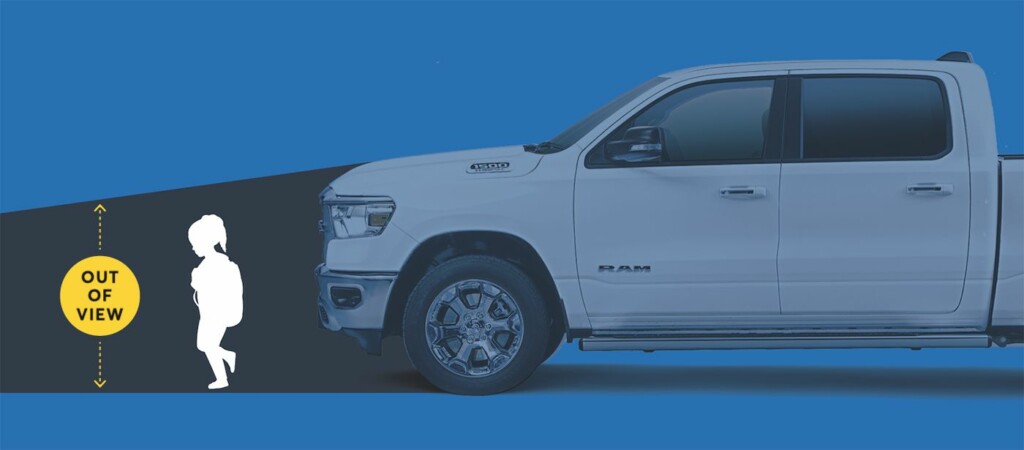
Despite some similarities, the continuous sidewalk is not the same as the raised crosswalk, a more common treatment in North America. A key distinction is that raised crossings are often still constructed using asphalt and marked with zebra stripes, or occasionally made of other materials that differ from the sidewalk. This design fails to provide the same psychological effect of motorists entering pedestrian space, a state of mind that is achieved by the consistent material used for continuous sidewalks. Another key aspect of continuous sidewalks, as noted, is the use of a short ramp and sudden grade change. Raised crossings generally have longer, more gradual ramps to mount the feature, which is less effective at slowing motorists.
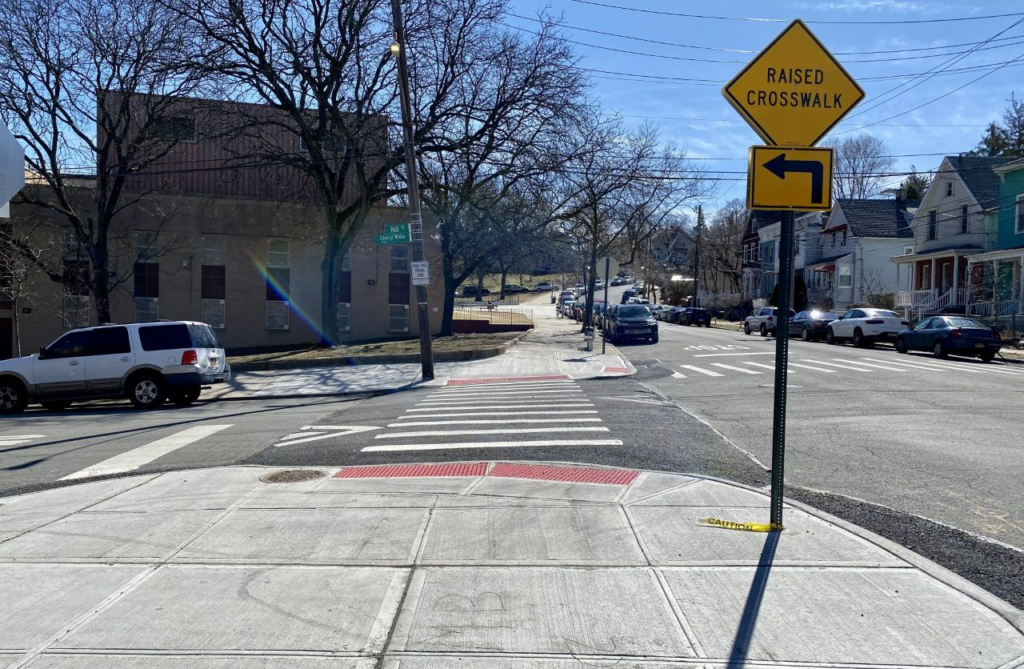
Improving Accessibility
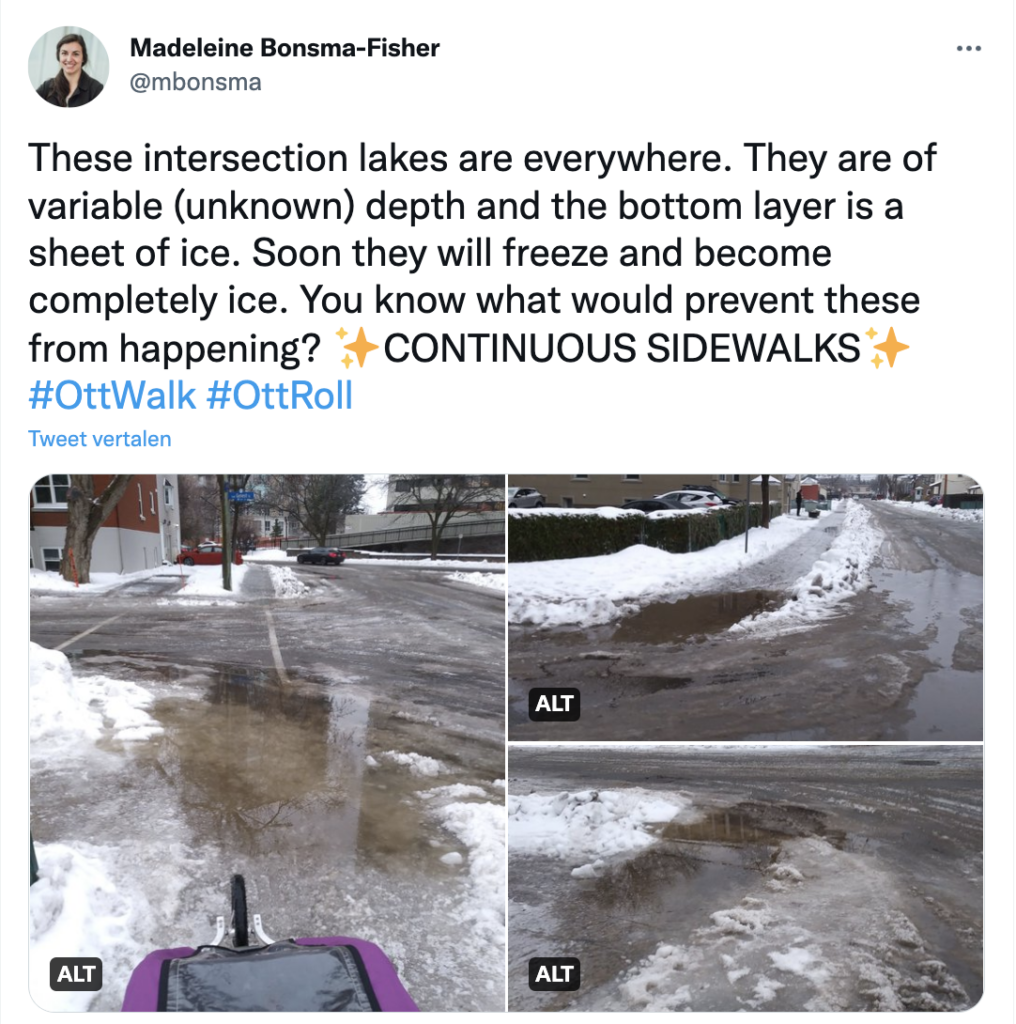
In addition to the safety benefits, continuous sidewalks present vast improvements in accessibility for those with mobility and visual impairments, as well as caregivers with strollers. Sidewalk ramps and curbs at traditional intersections can be difficult to navigate with a mobility device, limited vision, or with a stroller, especially as cracks appear and the concrete begins to crumble. It is also common to see large puddles forming where the sidewalk meets the roadway, and in cold climates this can easily turn to ice and become a slipping hazard. I’m sure my fellow Canadians have had more than one experience in their life slipping on the sidewalk ramp or getting a cold soaker – “Ontarian” for stepping into a puddle and soaking your shoe – trying to navigate the sidewalks in winter.
Arguments that have been presented against continuous sidewalks posit accessibility concerns for the visually impaired, with one common complaint being that without a curb and sidewalk ramp, it can be more difficult to recognize side streets. The thinking is that it presents navigation challenges and puts pedestrians at risk if they are not aware that they are sharing the space with vehicles. However, there are options to mitigate these concerns. One such example is Tactile Walking Surface Indicators (TWSI) to warn pedestrians that they are encountering a side street. However, it is important to remember that the responsibility is on the motorist to behave accordingly in the space, which the continuous sidewalk treatment reinforces. Also, as pointed out in an Mobycon Academy session earlier this year, many people with visual impairments use routes they are familiar with and walk regularly, meaning they would generally be aware of the treatment before using it.
The safety and accessibility improvements that stand to be achieved with continuous sidewalks are significant. From reduced vehicle speeds and improved safety to greater accessibility and overall pedestrian comfort, it’s about time we adopt this Dutch sidewalk design in Canada and around the world to give pedestrians the priority they deserve.
 ">
">Eric Post
“I believe one of the most effective ways for us to reduce our impact on the environment is to transition to more environmentally sustainable forms of transportation. Building cities where walking and cycling are safe, easy, and enjoyable is a win for all community members and the planet.”

